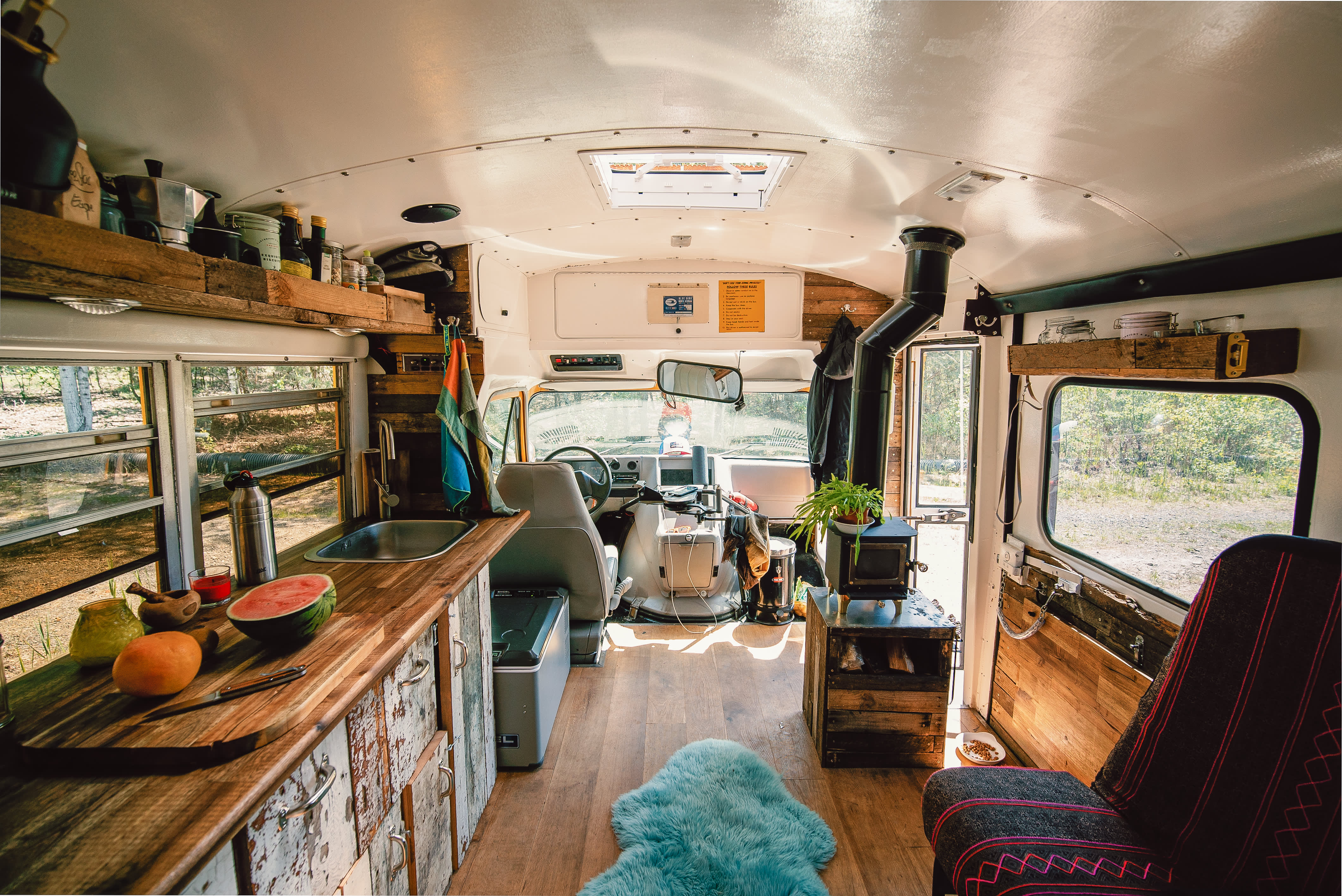Converting a minibus into a customized campervan or mobile space is an exciting journey that lets you showcase your imagination while customizing a space to fit your individual way of life. Regardless of whether Continue envision weekend getaways with your buddies, a cozy mobile office, or a completely equipped catering vehicle, this manual will walk you through the essential steps of transforming your minibus into the perfect vehicle for your requirements.
In this ultimate guide to minibus modifications, we will cover everything from preparation and styling to setup and legal considerations. You’ll learn how to create the perfect layout, choose the right heating and insulation, and integrate solar power to ensure your minibus operates efficiently. Whether you're taking a DIY approach or considering engaging a specialist, we will assist you navigate the conversion process and steer clear of common pitfalls along the way. Prepare to embark on your transformation journey!

Van Conversion Essentials
Converting a mini bus into a useful and inviting space can be a satisfying project for anyone aspiring to design a distinct camper or business solution. The process typically requires preparation, blueprint, and realization. Comprehending the basics of minibus transformations is essential before you start your project. This includes familiarity with key systems, layout design, and choosing the suitable van type for your plans.
One of the initial steps in minibus transformation is establishing the intention of the vehicle. Are you converting it into a campervan for leisure travel, a roving office, or perhaps a catering vehicle? Each purpose has particular requirements and design aspects that will direct your modification journey. Investigating different setups and capabilities can assist you define your concept clearly, ensuring that your result meets your needs.
Additionally, familiarize yourself with the legal requirements for modifying a van. This entails comprehending how to document and secure your converted vehicle, as well as any legalities related to its intended use. Staying informed about these issues will spare you effort and future troubles later on. Once you have a solid foundation in these principles, you can venture on the finer aspects of the transformation journey with assurance.
Types of Minibus Conversions
Minibus conversions can exist in various styles, which cater to specific requirements and ways of living. One of the most kinds is the camper conversion. This transformation enables the minibus to serve as a compact motorhome, providing the necessary amenities for road trips and outdoor adventures. Usually, these conversions feature sleeping arrangements, kitchen setups, and usually a bathroom area, rendering them ideal for group getaways or solo travels.
A different popular conversion is for commercial purposes. Minibuses can be transformed into on-the-go offices, food trucks, or coffee shops. These conversions emphasize functionality and address the specific requirements of the business, such as office configurations, customer service areas, and storage solutions for equipment or inventory. Business owners often seek to maximize the usefulness of the space to create a friendly environment for clients or an efficient setup for operations.
Adaptation conversions are also important in the minibus conversion arena. These changes ensure that the vehicle is accessible to individuals with disabilities, including ramps for mobility devices, safe storage for assistive devices, and adjusted seating for better access. Such conversions are crucial for offering transport solutions for local organizations, medical units, or school shuttles, making sure mobility challenges are considered while providing comfort and help to riders.
Financial Aspects and Legal Issues
When planning a minibus conversion, it's crucial to be aware of the monetary aspects at play. The overall price can differ significantly based on the type of conversion you intend to undertake and the materials and elements you want to add. For instance, a basic DIY vehicle conversion might cost anywhere from a few thousand dollars to around ten thousand, while a upscale or professionally done modification could easily exceed twenty thousand. Planning for unexpected expenses, such as repairs or additional accessories, is also wise, as these can quickly add to the total cost.
Legal considerations must also be taken in mind during your minibus conversion. Different localities have specific rules governing vehicle modifications, especially if you plan to use the minibus for business purposes or as a living space. It's important to check local laws related to vehicle registration, insurance, and safety standards. Some conversions may require a change in the vehicle's classification, especially when converting it for commercial use, such as food trucks or mobile offices, which might have different compliance requirements.
In conclusion, after completing the conversion, you will need to make sure that your minibus is properly registered and insured with its new specifications. This may involve getting inspections or certifications from appropriate authorities to ensure compliance with safety and operational regulations. Taking these steps not only safeguards you legally but also enhances the functionality and usability of your converted minibus for any purpose you have in mind.
